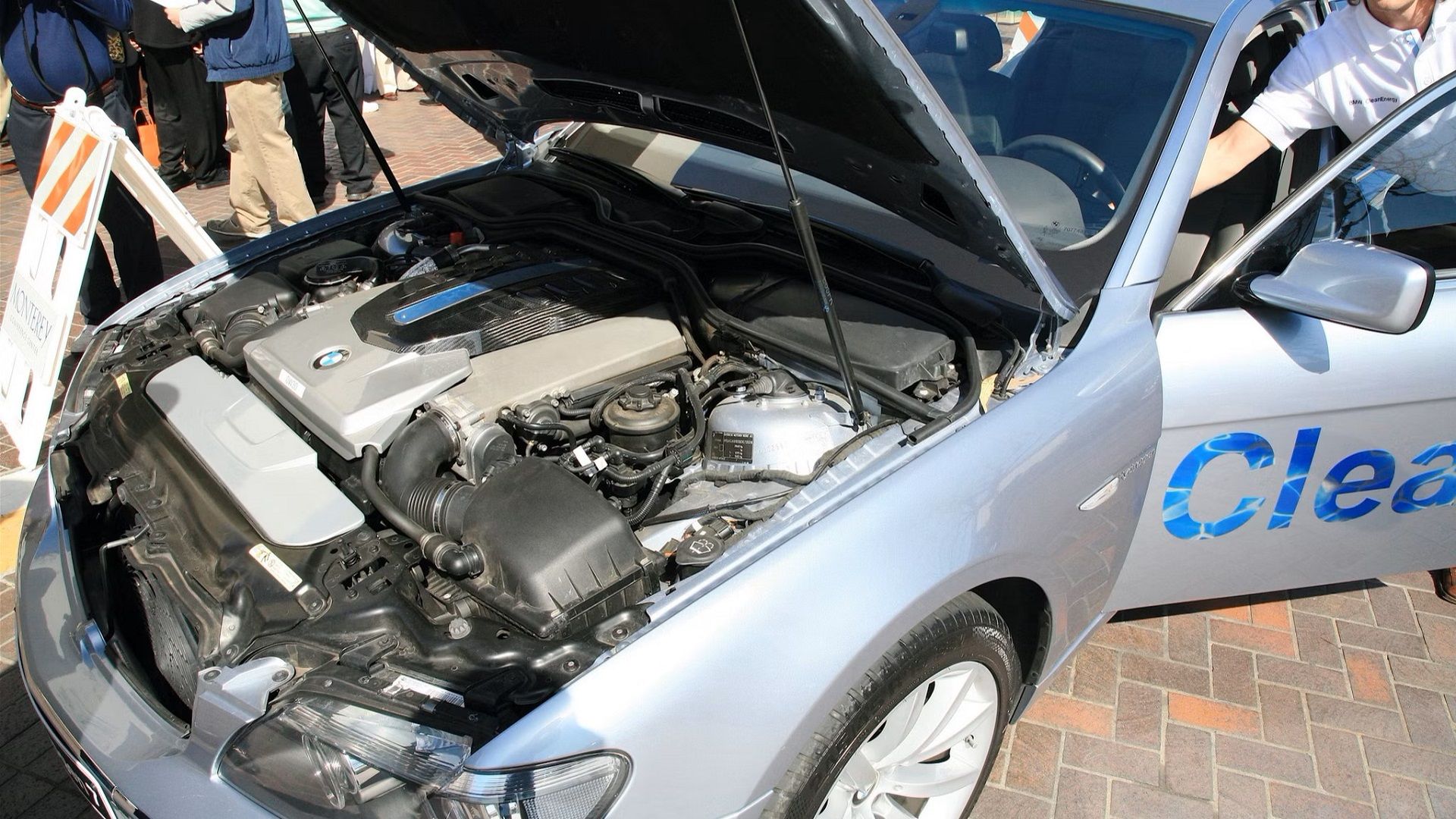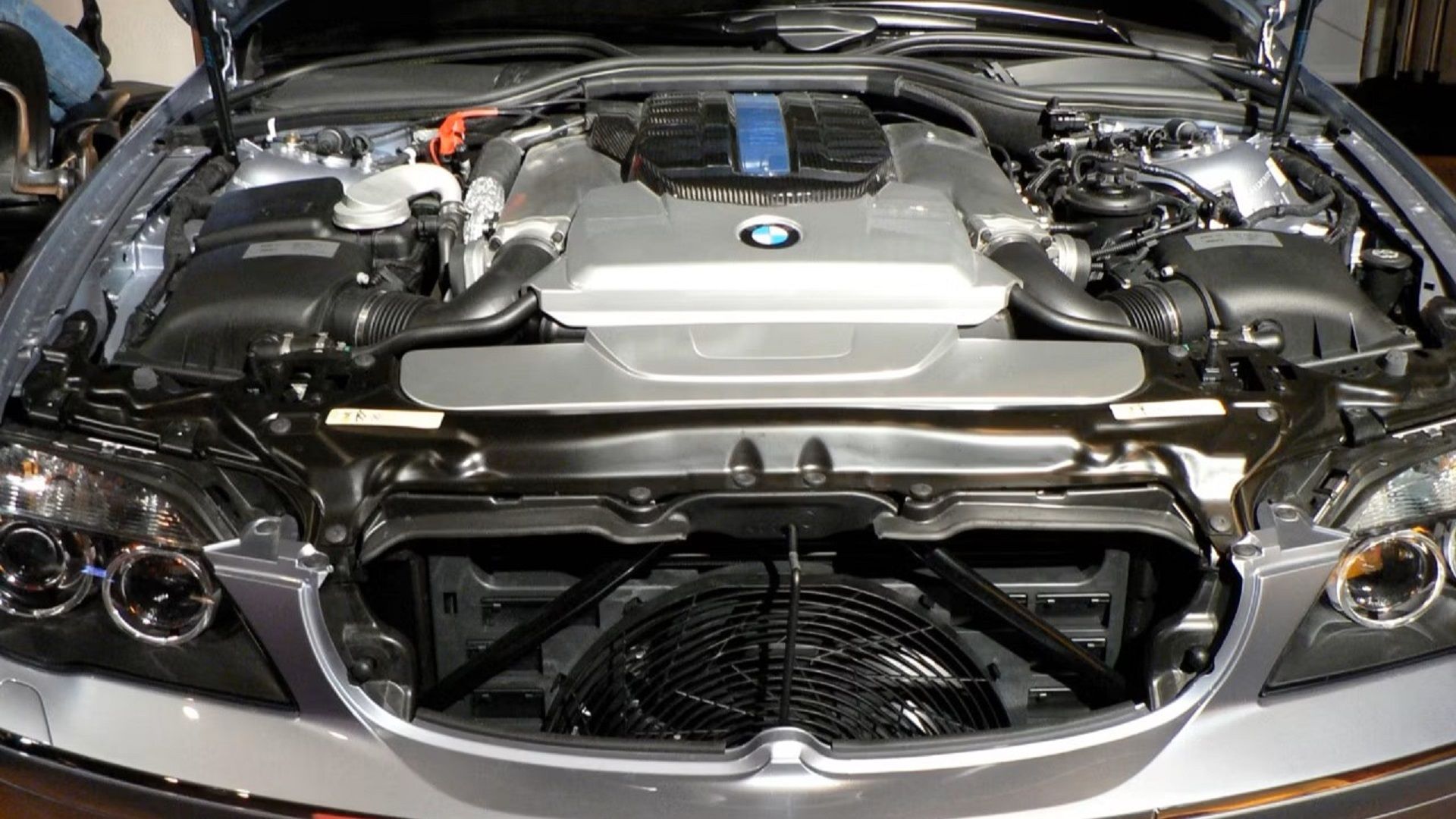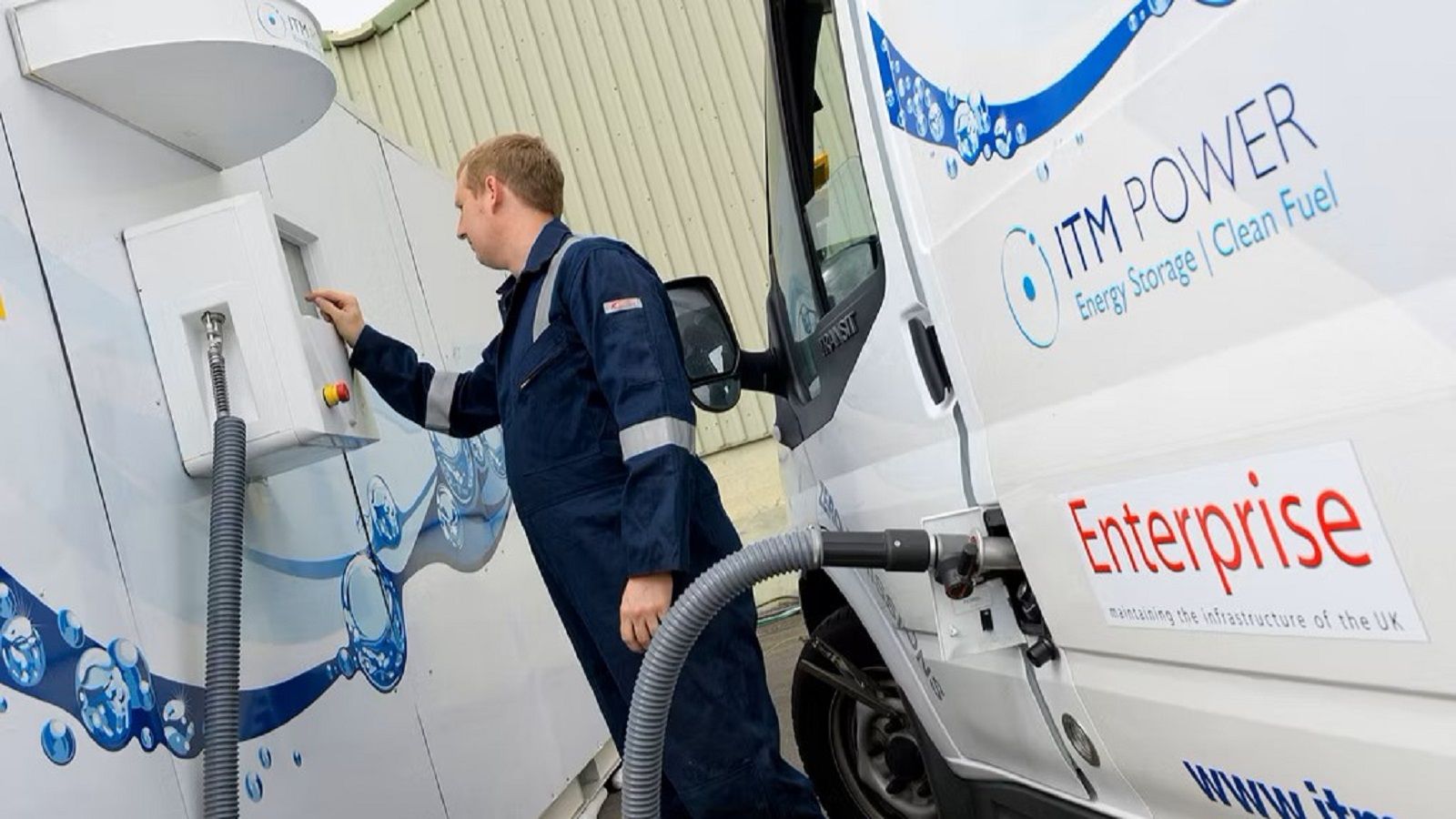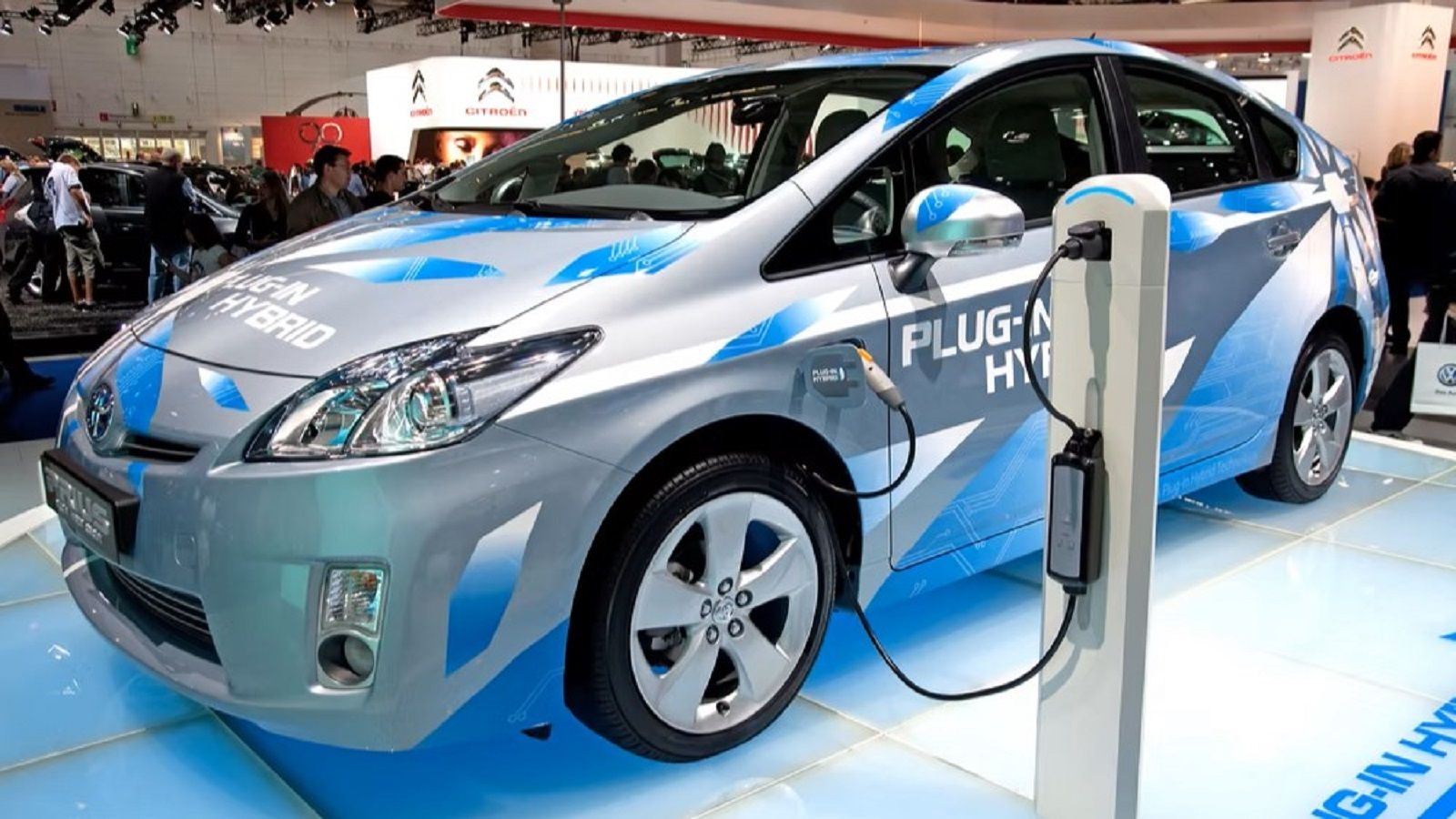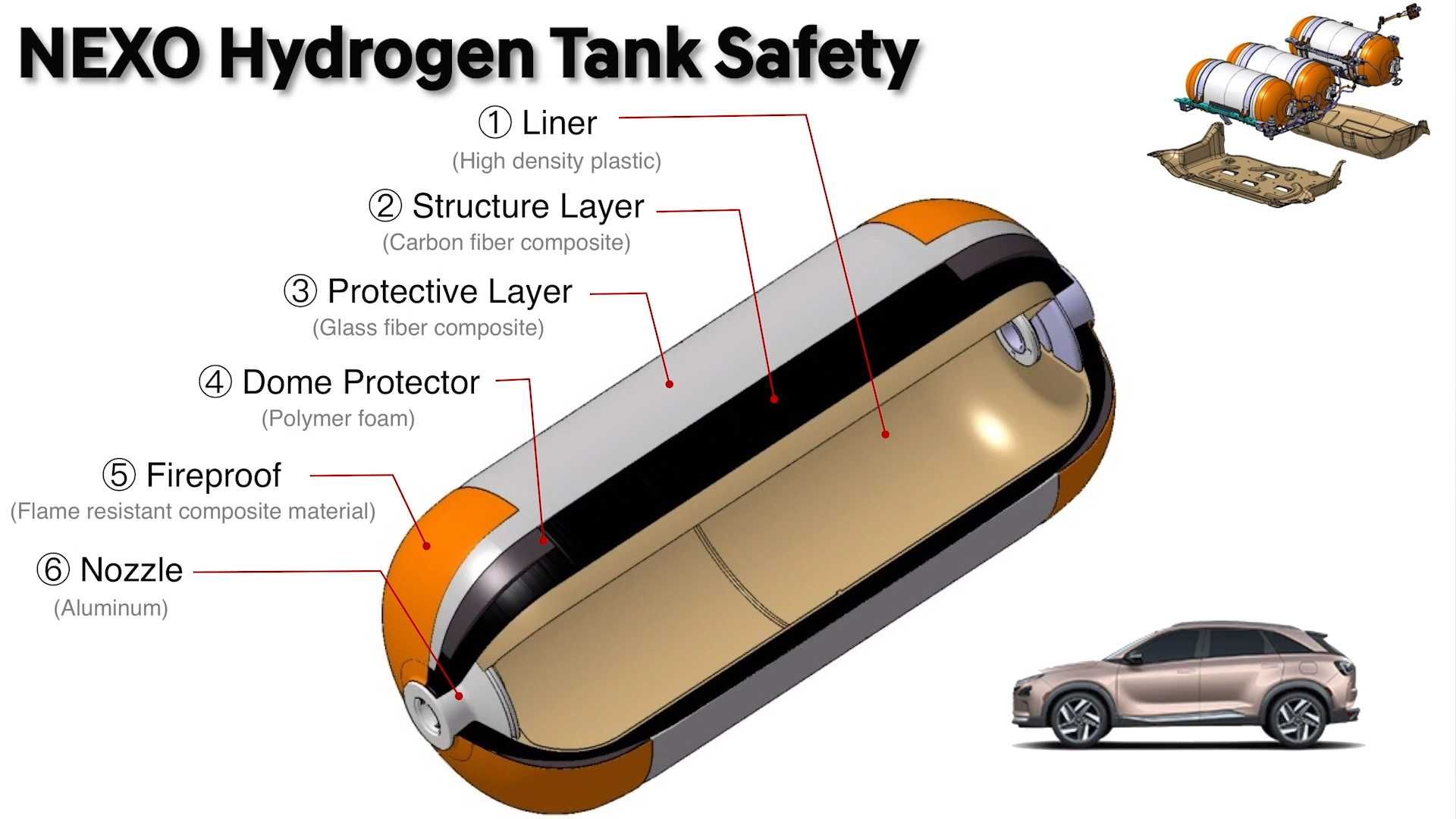Summary
- Hydrogen combustion engines are not a zero-emission solution due to the release of nitrogen oxides, which can harm the environment and crop yields.
- The efficiency of hydrogen combustion engines is not up to par with fossil fuel engines, resulting in reduced range and running duration.
- Hydrogen-powered vehicles may not be cheaper to run due to the high production cost of hydrogen and the need for high-pressure tanks, although costs may decrease with the use of renewable energy sources.
With fossil fuel reserves like oil projected to exhaust by 2040 and the increasing concern over global warming, the need for alternative fuel sources to power automotive vehicles is more important than ever. As the world continues to search for cleaner and more sustainable energy sources, companies like Toyota and Honda have ensured that hydrogen combustion engines are seen as a promising alternative to fossil fuels. Although once touted as a solution, despite the initial hype, the hydrogen combustible engine seems to have lost the spotlight recently.
That is not to say that a hydrogen-driven future will not be what the world is coming to, though. The current situation the world is leaning toward is electric-driven vehicles, but they simply have their limitations, even with the tremendous innovative strides that the companies are making every year. The bottom line is that just like every positive aspect of technology, there is a negative. The downside of EV production is the cost and the resources needed to create the batteries that those specific vehicles require. On the flip side, you have ICE-driven vehicles, which cost far less to manufacture but also require resources that will eventually run out.
Hydrogen-driven vehicles are on their own playing field because, like the internal combustion engines driven by gasoline, they are cheaper to build. Unfortunately, Hydrogen has the same problem that the other two options have: the process to create the Hydrogen requires natural resources that will eventually run out. But there are numerous ways to develop Hydrogen, some of which will take over the industry if ever perfected. Let's take a little deeper look at what you are not being told about this very viable option, but an option with some kinks that need to be worked out.
Using the most up-to-date data found on the carmaker's websites, media press releases, and interviews by other reputable sites, we have compiled the most up-to-date data possible on the information discussed below.
Updated on September 8, 2023: The hydrogen-powered engine has been around for decades and, as such, has found a place in many of our hearts. Because of that, we have decided to refresh and update this writing rather than letting it get lost in the wasteland of old pieces floating around on the internet. Keep checking back here for more updates and fresh information.
Hydrogen Combustible Engines Are Not A Zero Emission Solution — Yet
Similar to conventional internal combustion engines, hydrogen combustible engines function by employing a chemical reaction to release energy from a fuel and air mixture. Either liquid or gaseous Hydrogen is burned inside the engine to generate the thrust. While the method is quite similar to conventional internal combustion engines, Hydrogen is used as fuel instead of fossil fuels. Since no carbon is involved, there is zero carbon emission in the whole combustion process – which is why the idea of Hydrogen as a fuel source became so popular. But there's a catch.
The basic reaction of hydrogen-combustible engines is the combination of two hydrogen molecules with one oxygen molecule to create two water molecules. While this may seem harmless since water is released as a by-product, the high temperatures in the process cause oxygen and nitrogen inside the combustion chamber to react and form nitrogen oxides. These nitrogen oxides are harmful to the environment and can negatively impact vegetation and crop yields. As a result, although hydrogen combustion engines do not produce carbon dioxide and other toxic gasses, they cannot be considered zero-emission due to the release of nitrogen oxides.
The Efficiency Of Hydrogen Combustible Engine Is Not Up To The Mark
Because of its potential to provide emission-free mobility, Hydrogen is frequently cited as a viable alternative fuel for cars. Although Hydrogen has many desirable properties, internal combustion engines (ICE) powered by Hydrogen have struggled to meet performance and efficiency expectations. Hydrogen internal combustion engines (ICEs) are less efficient (20-25%) and generate less power than their fossil fuel counterparts, reducing their range and running duration.
Hydrogen internal combustion engines (ICEs) are conceptually comparable to gasoline engines, and as such, they also emit nitrogen oxides. Yet, the most significant drawbacks of hydrogen ICEs are their fuel economy and mobility. Hydrogen has a lower energy density than fossil fuels, so more Hydrogen must be burned to provide similar energy levels. Hydrogen fuel cells and electric motors are two examples of more efficient and longer-lasting alternatives to conventional combustion engines.
However, a serious issue you may have with EVs, along with many other consumers in the nation, is that they no longer carry the sound of a true muscle car. There is simply nothing like listening to the rev of a large engine as it wraps up, preparing to launch from the starting line with all the grunt that it can muster. Granted, the electric motors have more instantaneous torque and a quicker launch, but they are simply missing one of the coolest parts of participating in an all-out drag race.
Hydrogen-powered muscle cars may not have the excessively high amounts of torque and power that a gasoline-fed engine can muster, but they are still internal combustion engines. ICE muscle cars are built to race, designed to make some noise, and still engineered to leave as little harm behind on the environment as possible. As explained earlier, Hydrogen-powered engines will do more harm than an electric-powered car but substantially less than a traditional ICE-powered version. This means that it is the perfect way to keep the feel and sound of a classic engine while removing all its harmful impacts on the Earth around it.
Running Hydrogen Internal Combustion May Not Be Cheaper
The amount of energy in one gallon of gasoline is comparable to that in one kilogram of hydrogen gas. However, the latter has a far greater production cost. The cost of gas per gallon in the United States is roughly around $3-$4. On the other hand, Hydrogen costs approximately $16 per kilogram in the United States and can only be produced economically using renewable energy.
Compressing Hydrogen in high-pressure tanks, which uses energy, is a necessary step in using it in vehicles. Pure Hydrogen is hard to come by on Earth, and the vast majority of the world's supply comes from the combustion of methane, which releases carbon dioxide and other greenhouse gasses. However, It is possible to produce Hydrogen sustainably by electrolyzing water using renewable energy sources like solar power. Although solar energy is a promising option, it can't solve the problem since it only accounts for a tiny percentage of the power produced in the United States. However, this may change with time if solar power becomes an increasingly significant energy source.
The cost of Gasoline and Diesel has slowly been on the rise. Even though the world has been lucky enough to see some dips in the pricing over the last year, the prices that were under a dollar at one point in history are set to continue increasing. As the prices soar, electric vehicles will become more and more appealing because the actual cost of owning them will be hidden in the details. That simply means that since you already pay for the electric bill at home, one added device plugged in will not draw much attention, so by all accounts, the EV does not cost anything to drive. But in actuality, it does. It actually runs you about half the amount it would cost you to fill up with gas every month. For example, if you use $400 in gasoline per month, you would use $200 in electricity per month charging at home.
As the process of making Hydrogen continues to improve through the process of using renewable resources, the cheaper it will be to produce. The lower the production costs, the better the prices will be for you when you fill up your Hydrogen-powered car or truck. So, as the world moves into the future, and Hydrogen becomes more plentiful, and electricity becomes more expensive due to demand, the EV will be less cost-effective than the hydrogen-powered vehicle, which will cause another shift in the direction of the industry. Those companies investing in the technology now will be well ahead of the competition.
EVs Outpacing Hydrogen ICEs In The Automotive Market
Hydrogen Fuel-powered electric vehicles are almost twice as efficient as Hydrogen Internal Combustion Electric Vehicles. Also, vehicles that run on Hydrogen ICEs will have higher operating costs than battery-powered cars, which are decreasing in price but are becoming more widely available.
Powered by hydrogen fuel cells, electric motors are more adaptable and compact and deliver better performance than hydrogen internal combustion engines. Electric motors also have the advantages of being more dependable and making less noise than ICEs. FCEVs have greater initial costs than ICEs that operate on Hydrogen, but their reduced fuel costs make them more economical over time.
Companies like Tesla, Rivian, and the lineup of Volvo VNR Electric Series trucks have been making massive strides, but truckers need to be able to travel more than a couple hundred miles before charging up. If you do some basic math, you will see the problem. First, let's figure that a driver is on the road for 80 hours in an eight-day period. They can be on the road up to 11 hours per day, but to make things easier, let's just divide things evenly and make it 10 hours per day for eight days. That means at 60 MPH, an average truck driver will need to drive 600 miles daily, which is far from the 200 miles a full charge offers.
That is where Hydrogen power comes in. The setup would be very similar to a propane-powered 2-ton delivery vehicle such as the ones Schwans Delivery Service uses, but with Hydrogen tanks. This would allow any over-the-road trucking company to decrease the amount of pollution from diesel fuel burned while still giving them the range and power needed for hauling the loads back and forth across the continent. For local deliveries, an EV semi may be feasible, but for long haul truckers, it is simply not a possibility, so the only way to reduce carbon emissions is to go Hydrogen and put the use of diesel fuels in the past.
The Challenge of Hydrogen Storage: Why HCEs Need Large Fuel Tanks
Hydrogen internal combustion engines (HICE) have gained attention as a potential solution for reducing emissions and improving fuel efficiency. However, one of the major challenges with this technology is that Hydrogen has a low energy density by volume. This means that to achieve the same level of energy output, a larger volume of Hydrogen must be stored in the vehicle. As a result, HICEs require a larger fuel tank to provide the same range and performance as gasoline or diesel engines. This translates to a significant increase in the space necessary to house the fuel tank, which can be problematic regarding vehicle design and functionality.
In practical terms, a larger fuel tank means less space is available for passengers and cargo, which can limit the practicality and usability of the vehicle. This can be a significant disadvantage, especially for vehicles that are designed for commercial or personal use, where space is at a premium. Furthermore, the fuel tank size required for HICEs can also impact the overall weight and size of the vehicle, which can have additional implications for performance and fuel efficiency. This can make it more challenging to design HICEs that are efficient and practical while still delivering the same level of performance and range as traditional fossil fuel engines.
Despite these challenges, there are still many potential benefits to using Hydrogen as a fuel source for internal combustion engines. For example, Hydrogen can be produced from renewable sources and has the potential to significantly reduce emissions compared to traditional fossil fuels. However, it is important to recognize the limitations of this technology and work to develop practical and efficient solutions that can meet the needs of consumers and industries alike.


